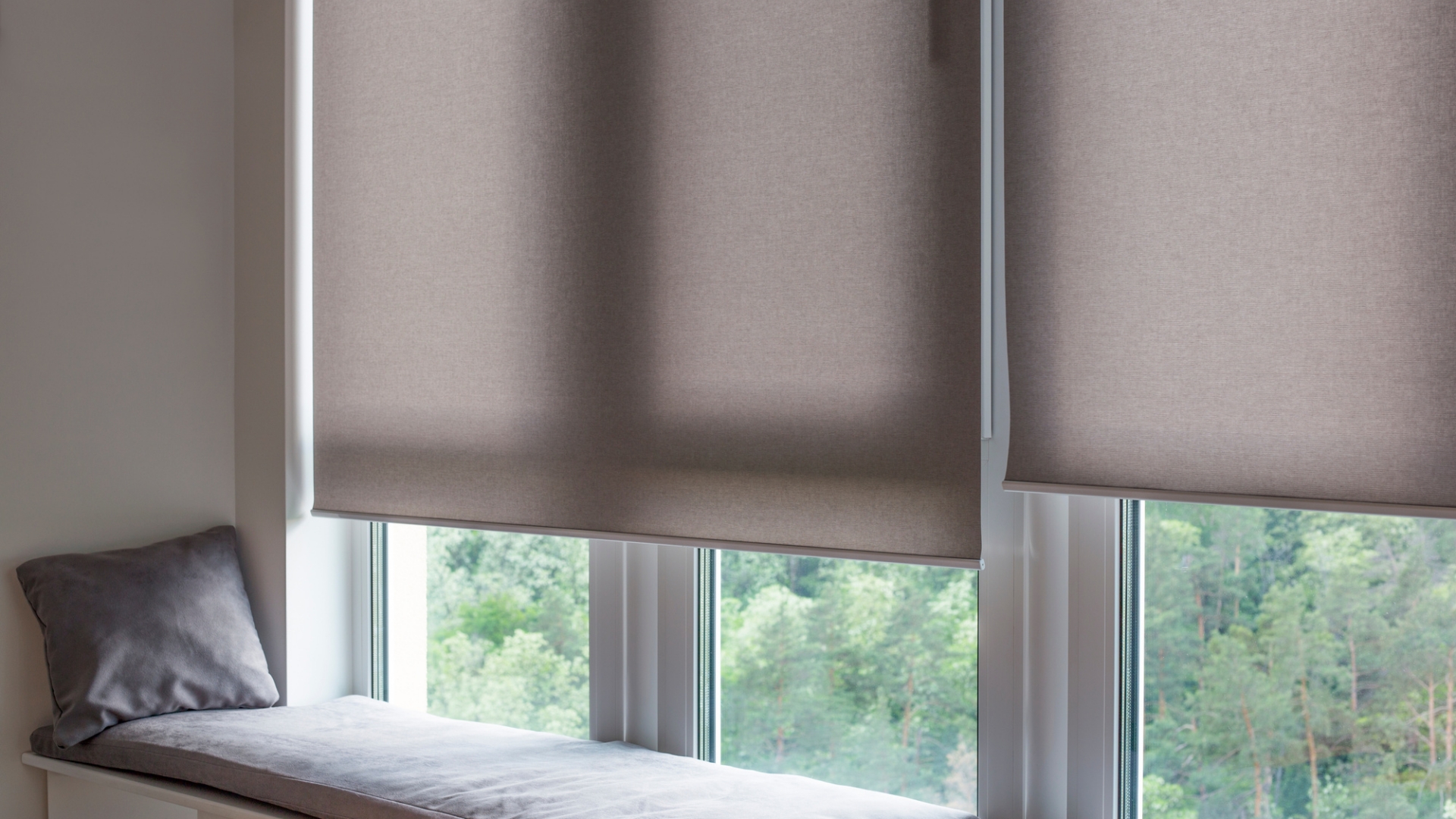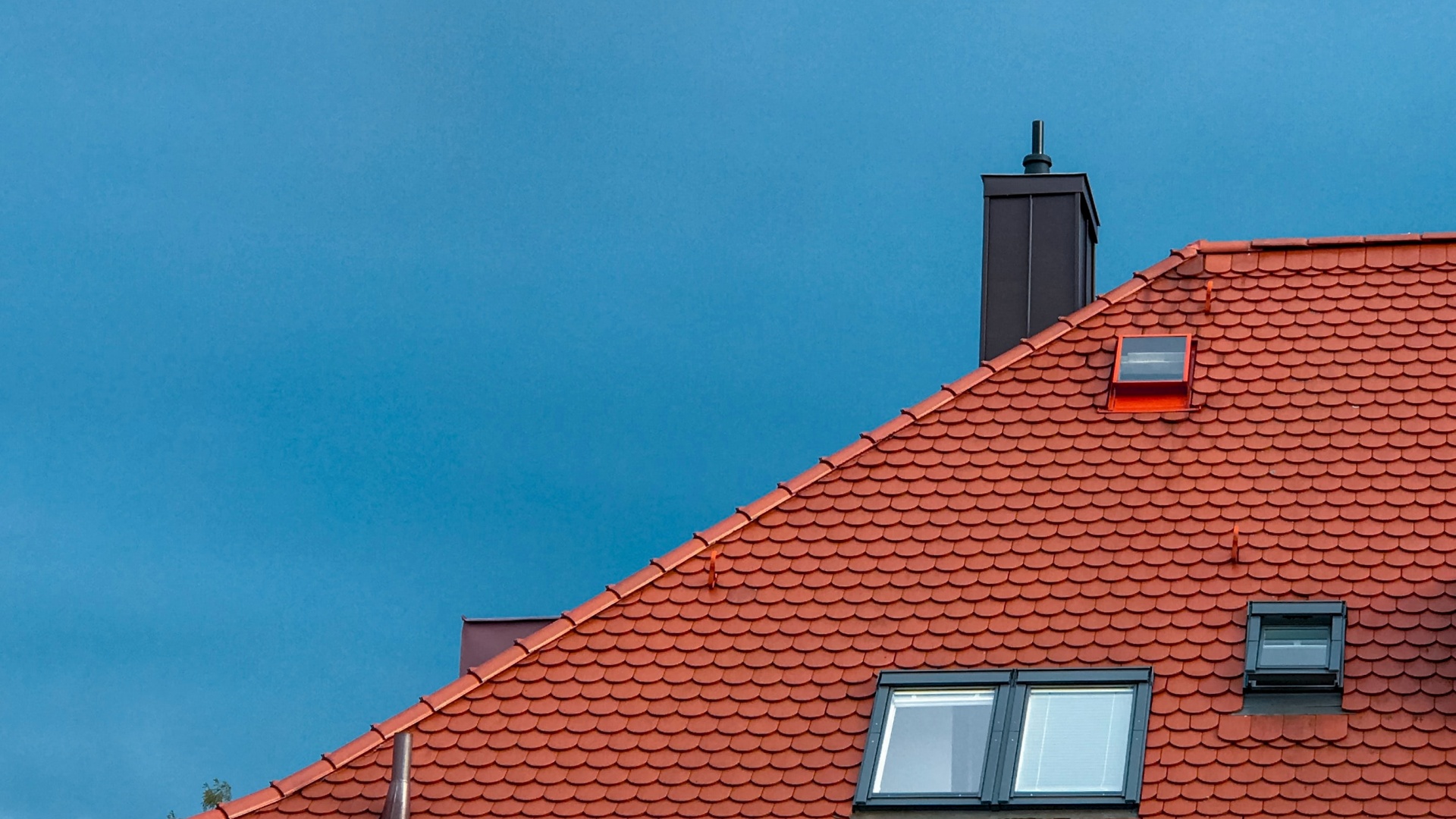Your approach to plumbing in modern architectural designs matters. A slipshod layout can lead to inconvenient access points, risk of water damage, and less than optimal fixture positioning. It’s essential that you view plumbing as an integral part of your architecture plan.
Fortunately, professionals like Fergusons Plumbing have expertise in incorporating modern plumbing solutions seamlessly into a variety of architectural contexts. They cater to the needs of today’s homes with durability, efficiency, and aesthetic appeal to the forefront.
They’ll ensure your plumbing considerations align with the rest of your architectural design, leading to harmonious spaces that are as functional as they are beautiful. Rest assured, they take into account critical factors such as building codes, accessibility, sustainability and long-term maintenance needs.
Defining Modern Architecture
Modern architecture is a broad term that encompasses various styles. It’s characterized by functionality, simplification of forms, and elimination of unnecessary detail.
Efficiency and sustainability are core principles in modern design. Thus, planning the plumbing system plays a key role in achieving these goals.
- Incorporating Green Technology: From low-flow toilets to water-efficient washing machines, modern architecture focuses on eco-friendly plumbing fixtures.
- Optimization of Space: Skillful placement of pipes can help utilize space more efficiently, enhancing the aesthetic value of your residence.
- Relying on Advanced Materials: Modern architecture often employs high-tech materials like PEX (cross-linked polyethylene) for piping.
- Prioritizing Functionality: Durable, long-lasting materials and plumbing systems are preferred in modern design to reduce maintenance and replacement costs.
The design influence extends beyond facades to include plumbing infrastructure that promotes efficient water usage and enhances overall living standards.
The thoughtful integration of these features ensures that modern architectural designs meet both environmental requirements and user needs effectively.
History and Evolution
The architectural landscape has profoundly transformed over the centuries, significantly impacting plumbing systems. Modern buildings reflect these advancements.
Reformation in Design
Early 20th century witnessed a revolution in design. This altered the architect’s perception of incorporated plumbing systems.
Industrial Age Impact
An influx of new materials attributed to the industrial age, innovative building techniques, directly influencing modern plumbing designs.
Efficiency Reigns Supreme
Current structures leverage efficient systems. These direct water, heat, diverse fluids that maximize convenience and minimize wastage.
Developments into the Future
Moreover, looking forward, trendy architectural styles command adaptable plumbing protocols. Solutions must keep pace with technological advancements.
Key Design Principles
Incorporating plumbing into modern architecture is a delicate balance. Innovations in materials and technology require careful consideration of design principles.
The unparalleled efficiency and performance of modern architectural designs are partly due to the intricate plumbing procedures integrated during construction.
- Integration of the Plumbing Design: Effective plumbing should be integrated into the initial architectural blueprint, ensuring seamless functionality and aesthetics.
- Sustainable Design Elements: Sustainable plumbing elements, such as water-conserving fixtures, can significantly reduce overall water usage and improve building efficiency.
- Choosing Quality Materials: High-quality, durable materials ensure a longer lifespan for your plumbing system and minimal maintenance requirements.
- Complying with Building Codes: It is essential to comply with all local and national building codes to guarantee safety and prevent unexpected legal troubles.
In embarking on any contemporary building project, synergizing plumbing systems with the edifice’s design leads to an optimized building functioning.
This is not just about reducing water wastage but transcends to achieving enhanced durability, sustainability, and legal compliance through informed choice of materials.
Impact on Plumbing Needs
Modern architecture introduces new challenges and opportunities for plumbing system design. Changes in structural layouts greatly influence the planning and installation of these systems.
Structural Layouts Impact
Notable advancements in architectural practices lead to more complex building designs.
This complicates conventional plumbing methods, requiring more innovative strategies.
Innovative Plumbing Approaches
Innovations in plumbing design include installing systems within walls, floors or ceilings, providing practicality and aesthetic benefits.
These methods require careful planning to ensure efficiency and maintain building standards.
Maintaining Efficiency
Meticulous designs help prevent frequent repairs or replacements. Correct sizing and location are vital; they ensure optimal system performance.
Incorporating energy-efficient appliances into the design can also save water and reduce energy consumption, contributing to a greener environment.
Integration with Minimalism
Modern architecture embraces minimalism, incorporating simple and functional design elements. Plumbing, being an essential component, should seamlessly integrate into these minimalist designs.
Hidden Plumbing Lines
When you accentuate stark walls and open spaces, the last thing you want is exposed plumbing. Concealed pipelines have gained popularity in minimalist architecture.
You can run the lines through the walls or floors, hiding them from view. This approach not only improves aesthetics but also enhances space efficiency.
Compact Fixtures
The essence of minimalism lies not simply in having less stuff, but utilizing space resourcefully. Compact bathroom fixtures are ideal for this design philosophy.
Wall-mounted toilets, corner sinks, and built-in shower systems save substantial space. They maintain the minimalist aesthetic without compromising on functionality or comfort.
Maintaining Aesthetics
Maintaining aesthetics in architecture is about continued coherence. Plumbing elements must complement the home’s overall look without appearing intrusive or out of place.
Opt for fixtures that sync with your color scheme and design choices. Items like hidden drainage channels and concealed cisterns enhance your design’s visual appeal.
Challenges with Large Windows
With the rising prominence of modern architecture, substantial windows are becoming a common element. They add aesthetic appeal, but also present plumbing challenges.
Expansive windows can let in excessive sunlight, putting a strain on the HVAC system. This could lead to complications in managing your home’s temperature.
| Window Size | HVAC Load | Plumbing Impact |
| Small | Moderate | Slight |
| Medium | High | Moderate |
| Large | Vastly High | Significant |
| Giant | Extreme | Critical |
Maintaining a balance between design and functionality is critical. Architects must collaborate closely with plumbers early in the design stage to avoid future dilemmas.
The biggest hurdle is maintaining adequate water pressure at all units. This requires innovatively designed plumbing systems and smart placement of pipes.
In light of these issues, many modern homes are shifting towards double paned windows or window films to better manage thermal impact. Check out this article on modern home window considerations on Houzz.com for additional insights.
Call on professionals with experience in modern architecture to ensure your home’s plumbing system adapts to large windows without compromising efficiency.
Plumbing in Open Floor Plans
If you’re designing an open floor plan home, planning for the plumbing is a major consideration. Such designs can create specific challenges for plumbing layouts.
One often overlooked aspect is how to discreetly incorporate pipes and drains without interrupting the aesthetic of open spaces. This requires strategic, innovative solutions.
Furthermore, providing adequate water pressure throughout a vast, open space can be a hurdle. Balance between functionality and design aesthetics is key in these scenarios.
- Discrete integration of pipes: Plumbing components should be easily hidden or incorporated in the overall design seamlessly.
- Adequate water pressure: Ensuring that all areas of the house receive equal, efficient water supply is crucial.
- Bathroom placement: Bathrooms should not only meet design requirements but also be close to the main vertical waste pipe (soil stack).
- Energy Efficiency: Incorporating efficient appliances and low-flow fixtures can contribute to sustainability and lower utility costs.
Incorporating these considerations from the start will ensure your plumbing system works efficiently in your open floor plan home and stays out of sight.
With informed decisions and meticulous planning, you can achieve a harmonious blend of modern, open design and high-functioning plumbing systems for an enhanced living experience.
Utilizing Modern Materials
Your plumbing system can greatly benefit from modern material innovation. PVC, PEX, and copper have emerged as top choices for piping systems.
What are the benefits of PVC pipes?
PVC pipes are known for their affordability and durability. They are rust-proof and ideal for carrying wastewater and high-pressure water mains.
Why should I consider PEX piping?
PEX pipes deliver high heat resistance and flexibility. With their capability for hot and cold water, they offer a versatile plumbing solution.
Is copper piping a good choice?
Copper pipes provide excellent longevity and reliability. Although more expensive, their ability to withstand extreme temperatures makes it a worthwhile investment.
How do modern materials affect architecture?
The use of modern materials in plumbing is transforming the field of architecture. They offer freedom in design without compromising function and efficiency.
Wrapping It Up
Understanding modern architecture deepens your appreciation of its impact on plumbing systems. Using new materials brings fresh challenges, yet promises innovative solutions. Always remember, every design choice you make influences your plumbing needs!











